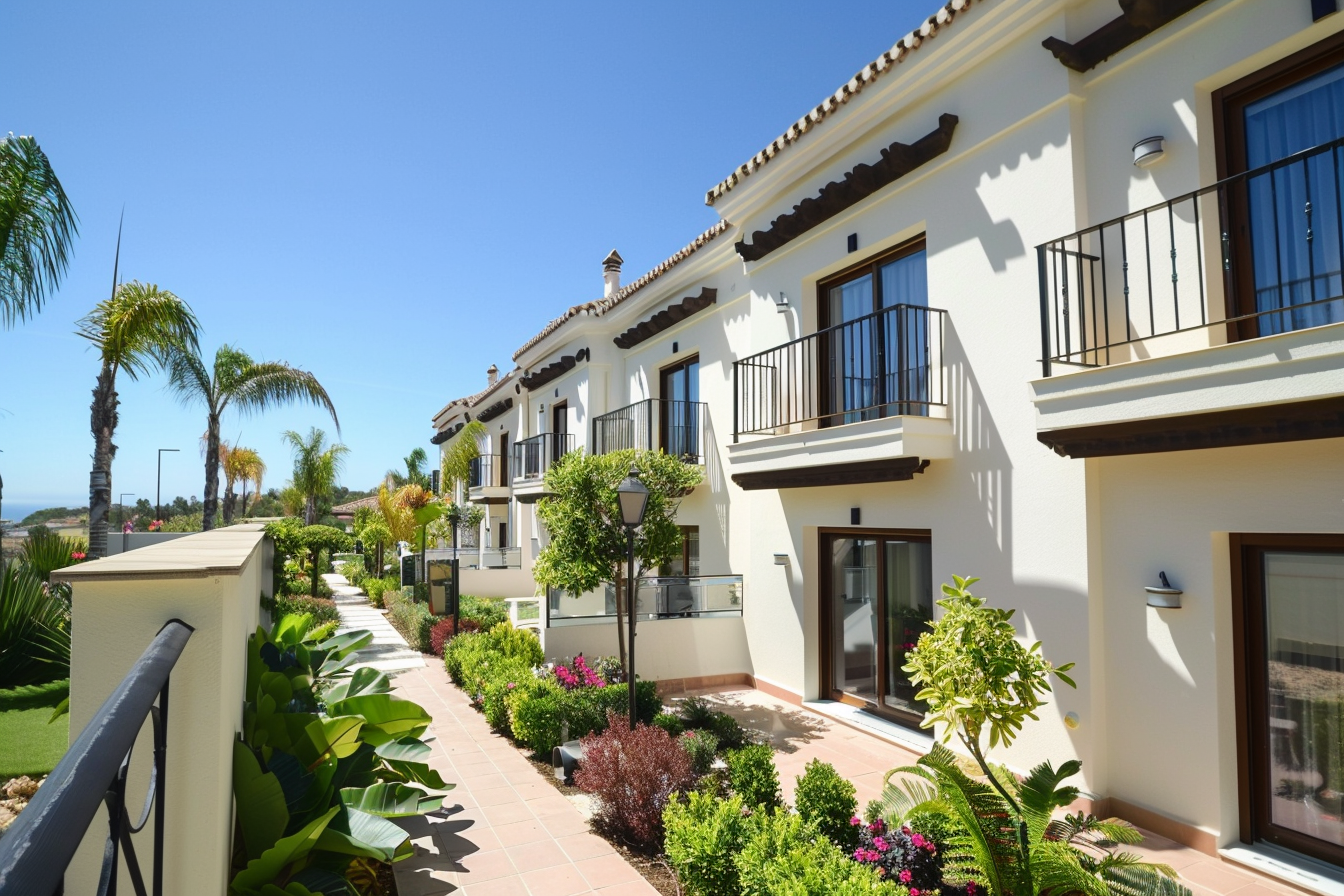Urban Micro-Living: Tiny Homes, Big Impact
As urban populations swell and housing prices soar, the concept of micro-living is rapidly gaining traction. Tiny homes, once mere curiosities, now represent a viable solution to urban living challenges. With a footprint of just a few hundred square feet, these compact dwellings offer an intriguing blend of affordability and sustainability. But what does this trend mean for city dwellers, and how is it reshaping urban real estate?

Historical Context and Origins
The tiny home movement traces its roots back to the late 20th century when minimalist lifestyles began captivating the public imagination. Initially, these homes were a counter-culture response to sprawling suburban living and the increasingly unattainable dream of homeownership. Early adopters sought to downsize, reduce their environmental impact, and embrace a simpler way of life. Over the decades, what started as a fringe movement has evolved into a mainstream trend, particularly in urban areas where space and affordability are at a premium.
Current Market Trends
In recent years, micro-living has surged in popularity, driven by a combination of economic and social factors. Cities like New York, Tokyo, and London are witnessing a boom in tiny home developments. These cities face chronic housing shortages and skyrocketing real estate prices, making tiny homes an attractive alternative for those seeking affordable urban living without compromising on location. The pandemic further accelerated this trend, as remote work prompted many to reconsider their living arrangements, opting for smaller, more efficient spaces.
Financial Insights and Affordability
Financially, tiny homes present a compelling case. The reduced size translates into lower purchase prices, making them accessible to a broader demographic. Additionally, the maintenance and utility costs associated with tiny homes are significantly lower, offering long-term savings. However, financing these homes can be challenging, as traditional mortgage lenders often balk at their unconventional nature. Prospective buyers may need to explore alternative financing options, such as personal loans or specialized tiny home lenders.
Advantages and Challenges
While the advantages of micro-living are numerous, including lower costs and reduced environmental impact, there are also notable challenges. Zoning laws and building codes present significant hurdles, as many urban areas have regulations that aren’t conducive to tiny homes. Additionally, the limited space requires a lifestyle adjustment, with residents needing to prioritize functionality and minimalism in their everyday lives. Yet, for many, the trade-offs are worth the opportunity to live affordably in vibrant urban centers.
Impact on Urban Real Estate
The rise of micro-living is reshaping urban real estate landscapes. Developers and city planners are increasingly incorporating tiny homes into their projects, recognizing their potential to alleviate housing shortages and attract a diverse range of residents. As more cities adapt their zoning laws to accommodate these homes, we may see a shift toward more innovative, mixed-use developments that blend tiny homes with traditional housing. This evolution not only addresses affordability but also promotes sustainable urban growth.
Tiny Homes, Big Opportunities
In conclusion, the micro-living movement offers a fresh perspective on urban habitation, challenging traditional notions of what a home can be. While not without its challenges, the advantages of tiny homes are clear, offering a path to affordable, sustainable urban living. As cities continue to grapple with housing shortages and environmental concerns, tiny homes present a viable solution with the potential to transform urban real estate for the better. As this trend gains momentum, it will be fascinating to observe how cities and residents adapt to embrace these compact dwellings and the opportunities they bring.




